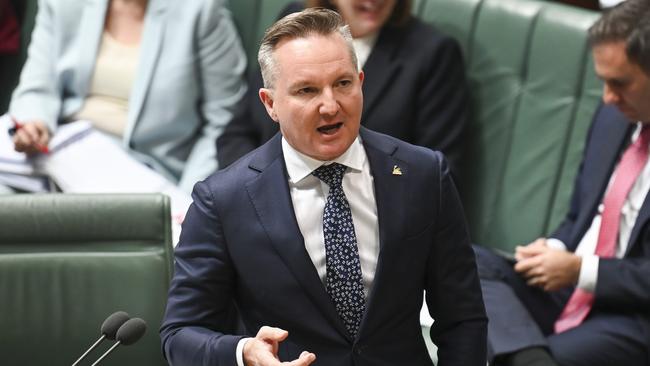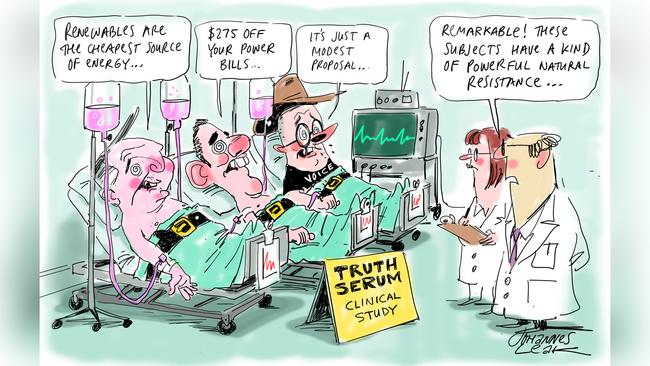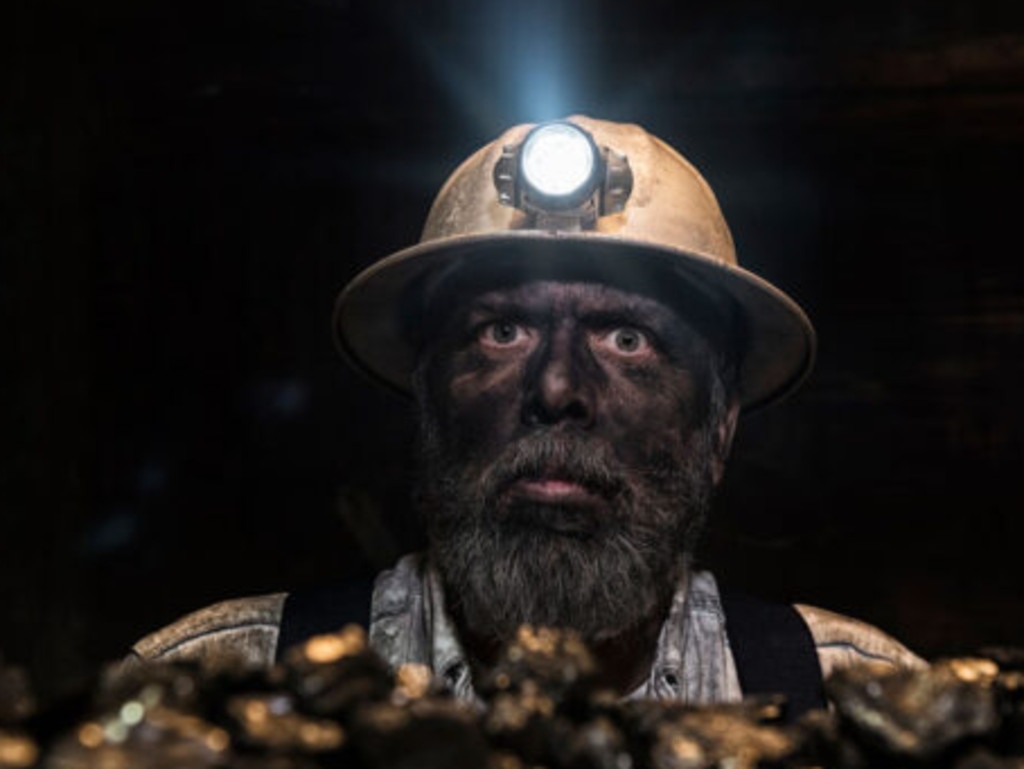Ignore nuclear hype, renewables are our future

Spoiler alert. In 2019 sufficient renewable capacity was delivered to exceed the 33 terawatt hours renewable energy target, despite an investment rut brought about by Tony Abbott’s unsuccessful push to scrap the target.
To be fair to Sloan, she wasn’t alone in her misplaced pessimism. Other media outlets gave plenty of coverage in 2016 to BIS Shrapnel’s very confident assertion that it was “highly doubtful the 2020 target of 33,000 gigawatt hours can be achieved”.
It all sounds eerily familiar, doesn’t it?
The same mindset that led so many to opine with certainty that Australia couldn’t reach a fairly modest target in 2020 has led exactly the same people to assert with even greater certainty that achieving 82 per cent renewables by 2030 is equally impossible. It’s fashionable in energy commentary to sit in the stalls like Statler and Waldorf and shout “it can’t be done”. Fashionable, but not productive or edifying.
If the country could achieve a 2020 target with a federal government that could be charitably described as lukewarm at best in its support for renewable energy, why would we write off our chances of achieving a 2030 target with a federal government that has support for renewable energy as a signature?

In one way, I’m glad there is discussion of 82 per cent as an ambitious target. After all, there are those who continue to claim our 43 per cent emissions reduction target, 82 per cent renewable energy target is nowhere near ambitious enough.
The fact is that neither extreme end of the argument is correct. Our targets are ambitious. But they are also achievable. Getting to 82 per cent is a big lift. It’s not easy. But it’s certainly doable.
It’s doable with the right policies, which we now have, and a laser-like focus on delivering. The former government talked about the need for more transmission but didn’t fund it. Our $20bn Rewiring the Nation plan unlocks important finance. Yes, there are challenges in rolling out transmission infrastructure. But finance was the first hurdle and now we are systematically working through implementation, including strengthening engagement with communities.
Likewise, the previous government waxed lyrical about the need to deliver a capacity investment mechanism, but it couldn’t reach agreement with the states on a delivery model. In our first 12 months we’ve delivered the model and have the first auction well under way. The Capacity Investment Mechanism will conservatively unleash six gigawatts of dispatchable renewable power. There is of course more to do. I recently announced we would develop further sectoral decarbonisation plans. The Energy and Electricity plan will be high on the list.
But, while we are getting on with the job, the latest bout of renewable doomerism comes with a new twist: the boosterism of nuclear energy. It’s hard to think of a worse-fitting solution for Australia than nuclear. It’s expensive, slow to build and not a flexible source of peaking and firming.
The joyfully pessimistic tones that fill this opinion page are often accompanied by an attack on Gencost, the independent analysis of the costs of Australia’s potential energy sources. The shadow minister for energy has even referred to it as “Labor’s Gencost”. A regrettable and unbecoming slur against the independence of AEMO and the CSIRO.
But the criticism is misplaced. As AEMO has said in response: “Recent media commentary that AEMO’s Integrated System Plan does not include transmission and storage, as well as generation costs associated with providing electricity to Australian customers, is wrong.”
Small modular reactors are small in one sense only: output. Even supporters of SMRs concede they can produce just 300 megawatts each. They are conservatively priced at at least $5bn each. That is a lot of dollars for not many megawatts.
To listen to the hype, you’d think there are SMRs all around the world and Australia is missing out. In fact there are only two demonstration SMRs in the world: one on a barge in Russia and one in China. There’s not a commercial SMR in operation anywhere in the world. And we are meant to think this is a viable solution for our energy needs in 2030? Peter Dutton can bet his energy plan on this unicorn if he wishes. We won’t be distracted by such nonsense.
I welcome the recognition that our plan to lift renewable energy to 82 per cent of our grid is ambitious. It is. A bit of ambition is exactly what our country needs after 10 years of denial and delay. Getting on with that ambition is exactly what we intend to do.
Chris Bowen is Minister for Climate Change and Energy.







Judith Sloan can make an argument with great passion, wit and confidence. “Read my lips,” she wrote on The Australian oped page in 2016. “Australia won’t meet its renewable energy target by 2020. In fact, it won’t get within cooee of 33,000 gigawatt hours of electricity.”